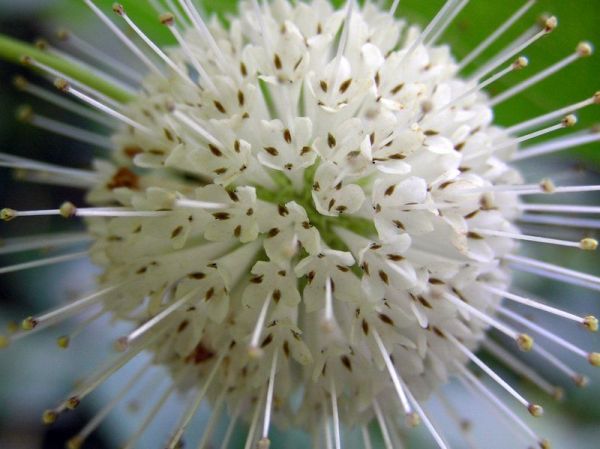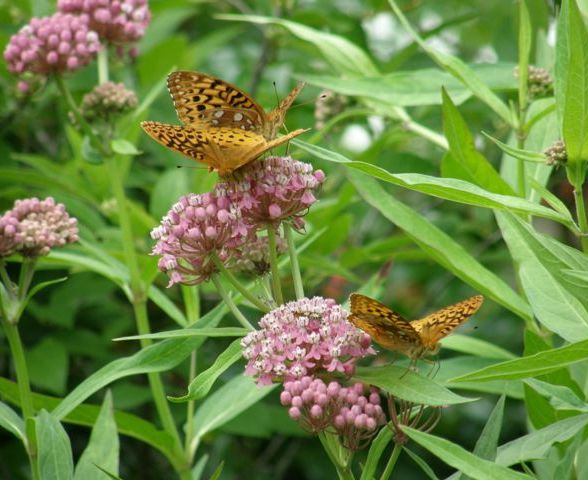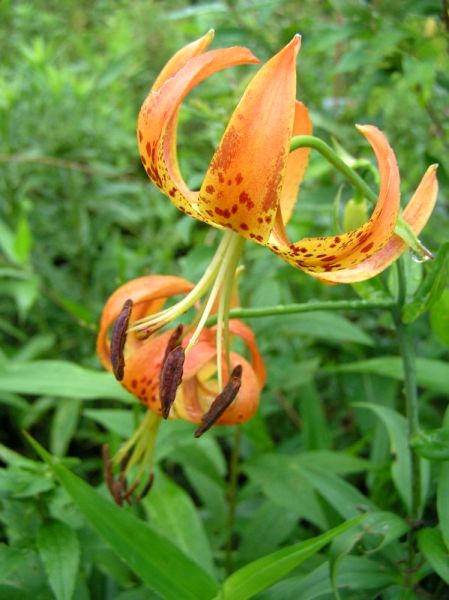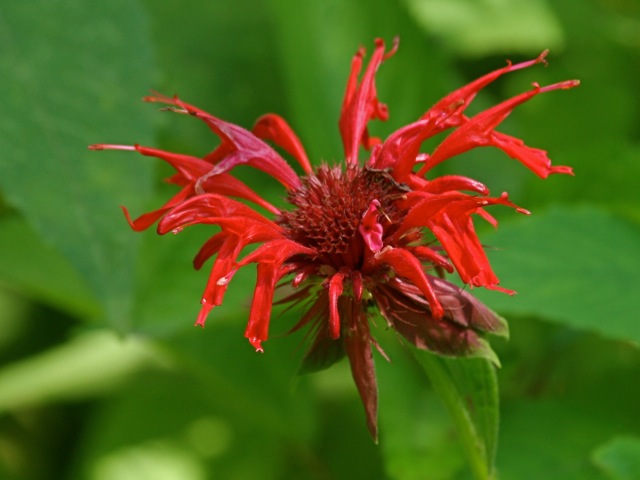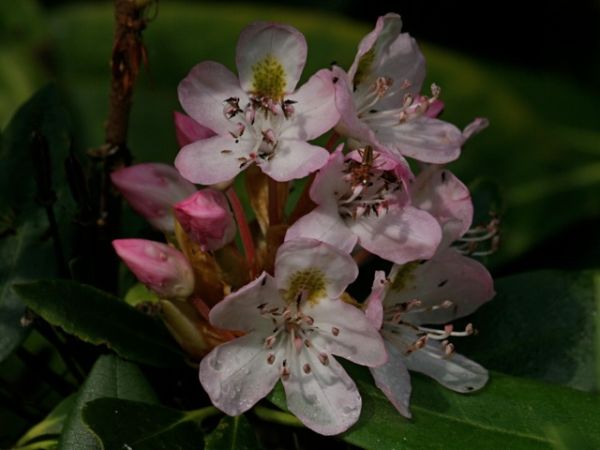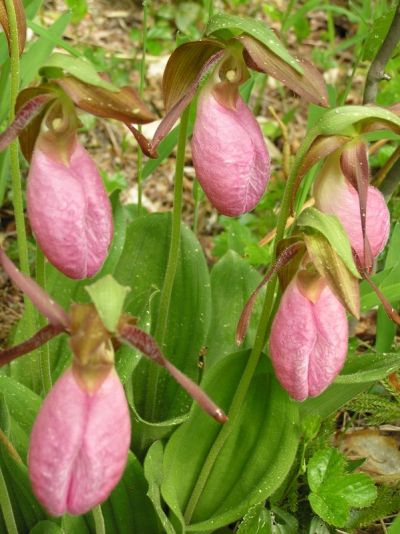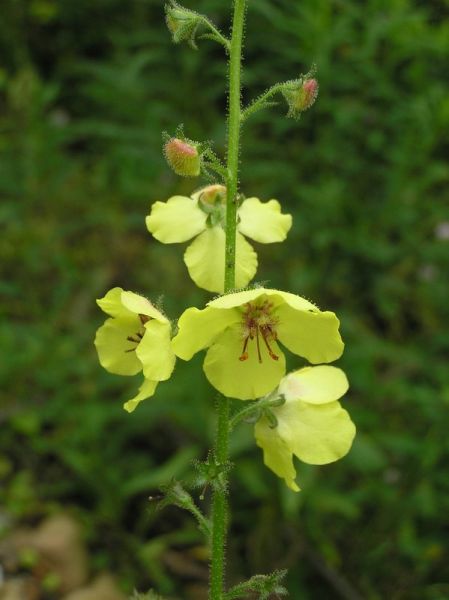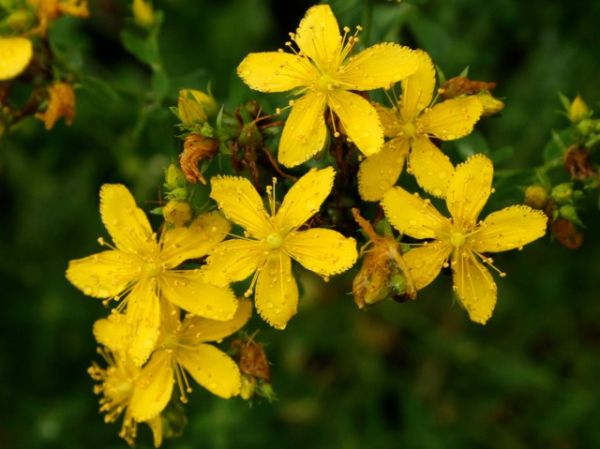
“This flower has your name on it,” said Chuck Tague when he sent me this picture of Common St. John’s wort, Hypericum perforatum.
St. John’s wort was imported from Europe where it got its name because it blooms in June and was traditionally harvested on St. John’s Day, June 24, to adorn homes and ward off evil. It’s also an herbal treatment for depression and has been planted nearly worldwide.
Unfortunately St. John’s wort has gone wild and is often considered a noxious weed. It’s called Klamath weed out west and is known to poison livestock, making them photosensitive and causing restlessness, skin irritation and – ironically – depression before it kills them. Too much is bad for people too. Don’t go out in the sun if you consume a lot of it!
I’ve never seen an overabundance of St. John’s wort so I think of it as a pretty plant that shares my name.
I even like the play on words it affords me. I have a box of St. John’s wort herbal tea in my office labelled “St. John’s Good Mood.” 😉
(photo by Chuck Tague)
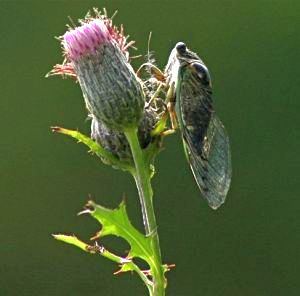 Where are they? It’s mid-July and I have heard only one cicada – just one – on July 10th. By now they should have been “singing” for more than a week in western Pennsylvania, but they’re noticeably absent.
Where are they? It’s mid-July and I have heard only one cicada – just one – on July 10th. By now they should have been “singing” for more than a week in western Pennsylvania, but they’re noticeably absent.